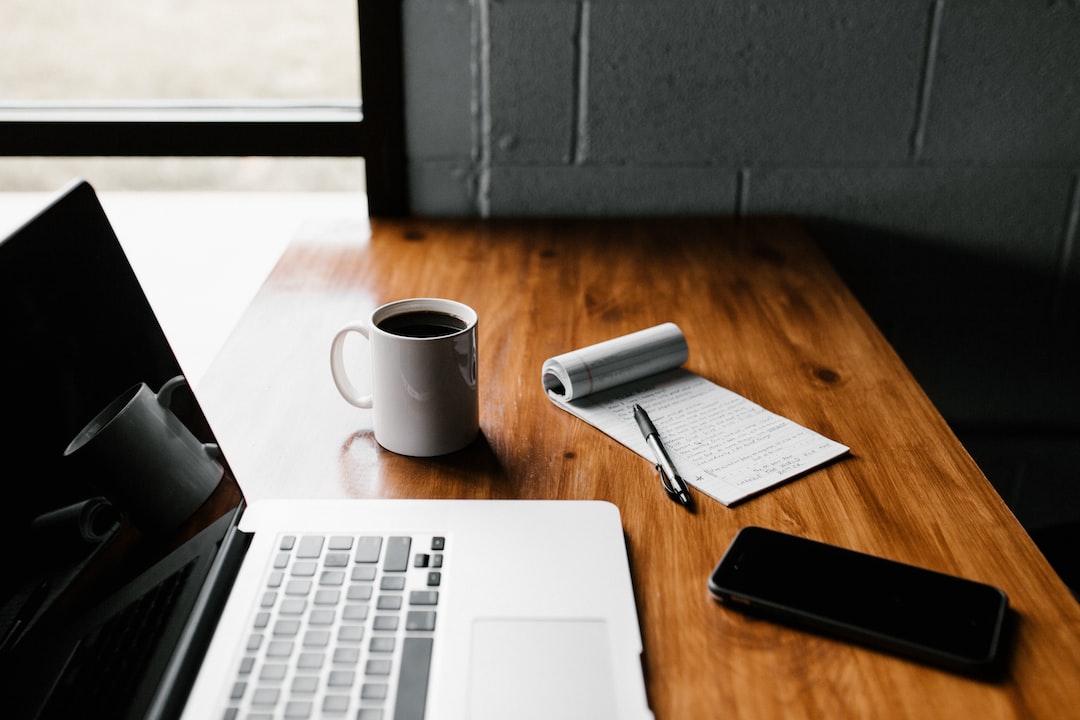Understanding the Psychology of Design: How Layout Influences User Experience
In today’s digital age, user experience plays a pivotal role in the success of any design project. One crucial aspect of user experience is the layout of the design. The layout is the arrangement of elements on a page, whether it’s a website, app, or physical product. It not only affects the visual appeal of the design but also influences how users interact and engage with it. By understanding the psychology of design, designers can create layouts that enhance the user experience and drive desired behaviors.
First impressions matter, and this is especially true when it comes to design. Studies have shown that users form an opinion about a website within the first 0.05 seconds of visiting it. The layout is instrumental in making a positive first impression. A well-designed layout immediately communicates the purpose of the design and guides users on where to focus their attention. It creates a sense of order, making the design feel organized and trustworthy. On the other hand, a poorly designed or cluttered layout can confuse users, leading to frustration and ultimately a negative user experience.
One key concept in layout design is the principle of visual hierarchy. Visual hierarchy refers to the arrangement and prominence of elements on a page, guiding users through the content and allowing them to prioritize information. It helps users quickly understand the purpose and structure of the design. By using size, color, contrast, and placement, designers can create a visual hierarchy that directs attention and encourages desired actions. For example, larger and more contrasting elements tend to attract more attention, while elements placed in the center of the page are often considered more important. Understanding how visual hierarchy works allows designers to strategically highlight important elements and guide users through the design in a meaningful way.
Another aspect of layout that influences user experience is the use of whitespace. Whitespace, also known as negative space, is the empty space between elements on a page. Designers sometimes underestimate the power of whitespace, fearing it will make the design feel empty or unfinished. However, whitespace plays a crucial role in improving readability and usability. It provides breathing room for users’ eyes and allows them to focus on the important content. Research has shown that appropriate use of whitespace can increase comprehension by up to 20%. By strategically integrating whitespace into a layout, designers can improve the overall user experience and make the design feel more polished and professional.
In addition to visual aspects, the layout can also influence users’ mental and emotional states. Designers can leverage the principles of cognitive psychology to create layouts that enhance information processing and decision-making. For example, humans have a limited capacity for information processing, and overwhelming them with too many options or details can lead to decision paralysis. By simplifying the layout and presenting information in a clear and concise manner, designers can minimize cognitive load and help users make decisions more easily. Similarly, by understanding how emotions influence decision-making, designers can use layout elements such as colors, images, and typography to evoke specific emotional responses and create a more immersive and enjoyable user experience.
The layout also plays a crucial role in enhancing user engagement and encouraging desired behaviors. By strategically placing interactive elements and designing intuitive navigation, designers can guide users through the design and increase their engagement. For example, studies have shown that users tend to follow an F-shaped pattern when scanning web pages, focusing on the left side and then moving horizontally. Designers can utilize this knowledge by placing important information and interactive elements within this F-shape, ensuring that users see them and encouraging them to take action. Furthermore, designers can use layout techniques such as visual cues and progressive disclosure to reveal information in a way that maintains users’ interest and encourages exploration.
In conclusion, the layout of a design has a profound impact on the user experience. By understanding the psychology of design, designers can create layouts that enhance the first impression, guide users’ attention through visual hierarchy, improve readability and usability with whitespace, optimize information processing and decision-making, and promote engagement and desired behaviors. The layout is not just about aesthetics; it is a powerful tool that can influence how users interact with and perceive a design. By considering the psychology of design, designers can create layouts that not only look great but also provide a seamless and enjoyable user experience.

